Hair Transplant

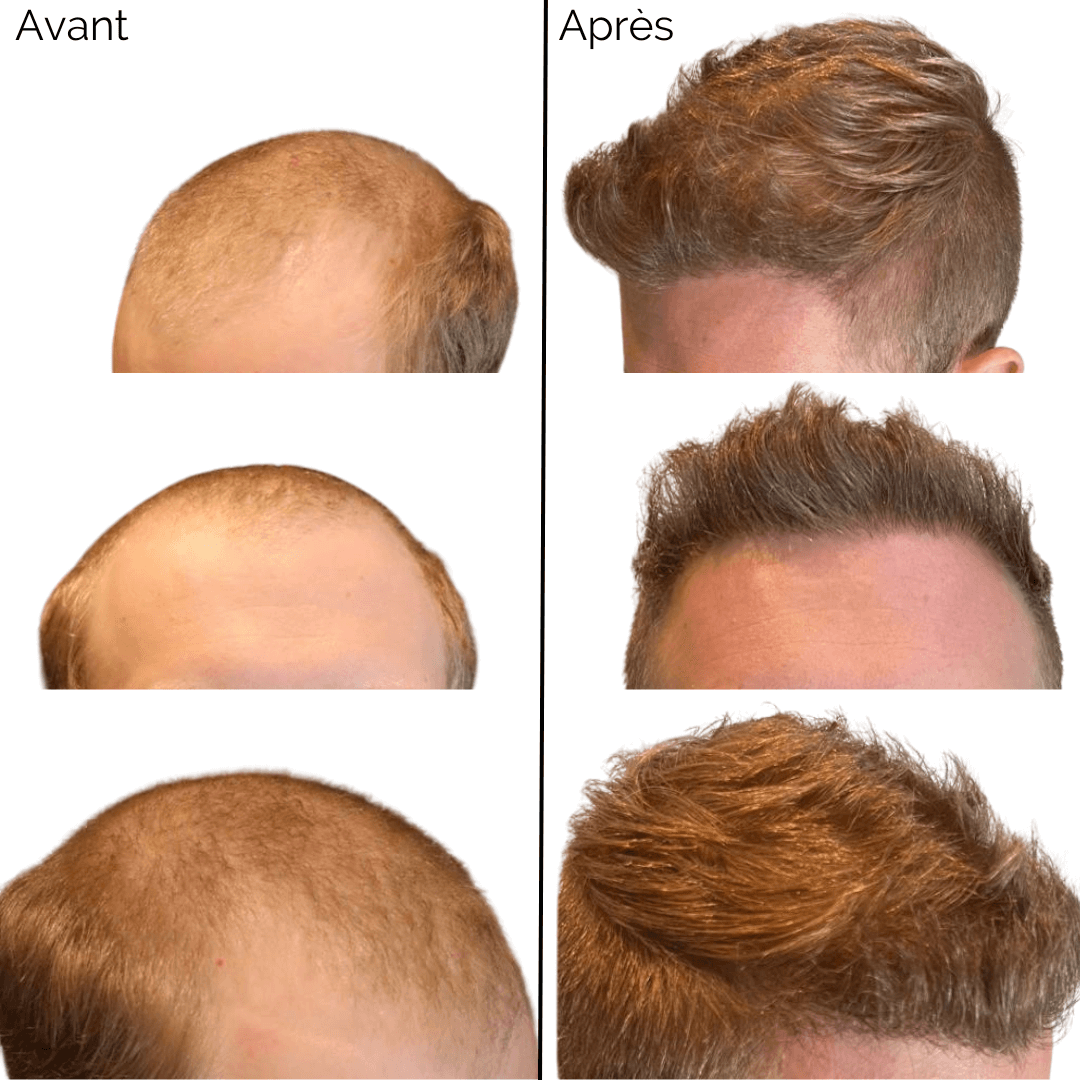
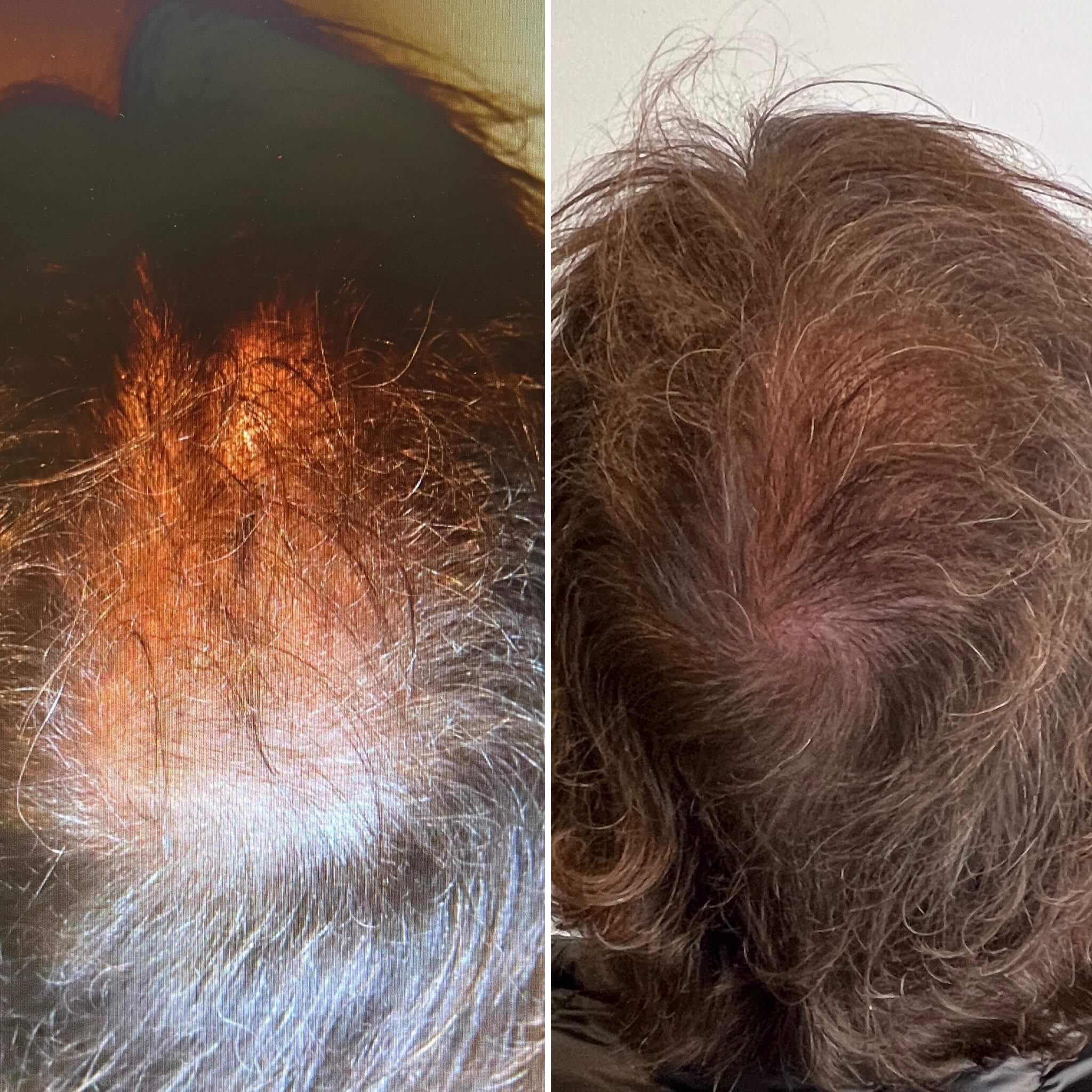
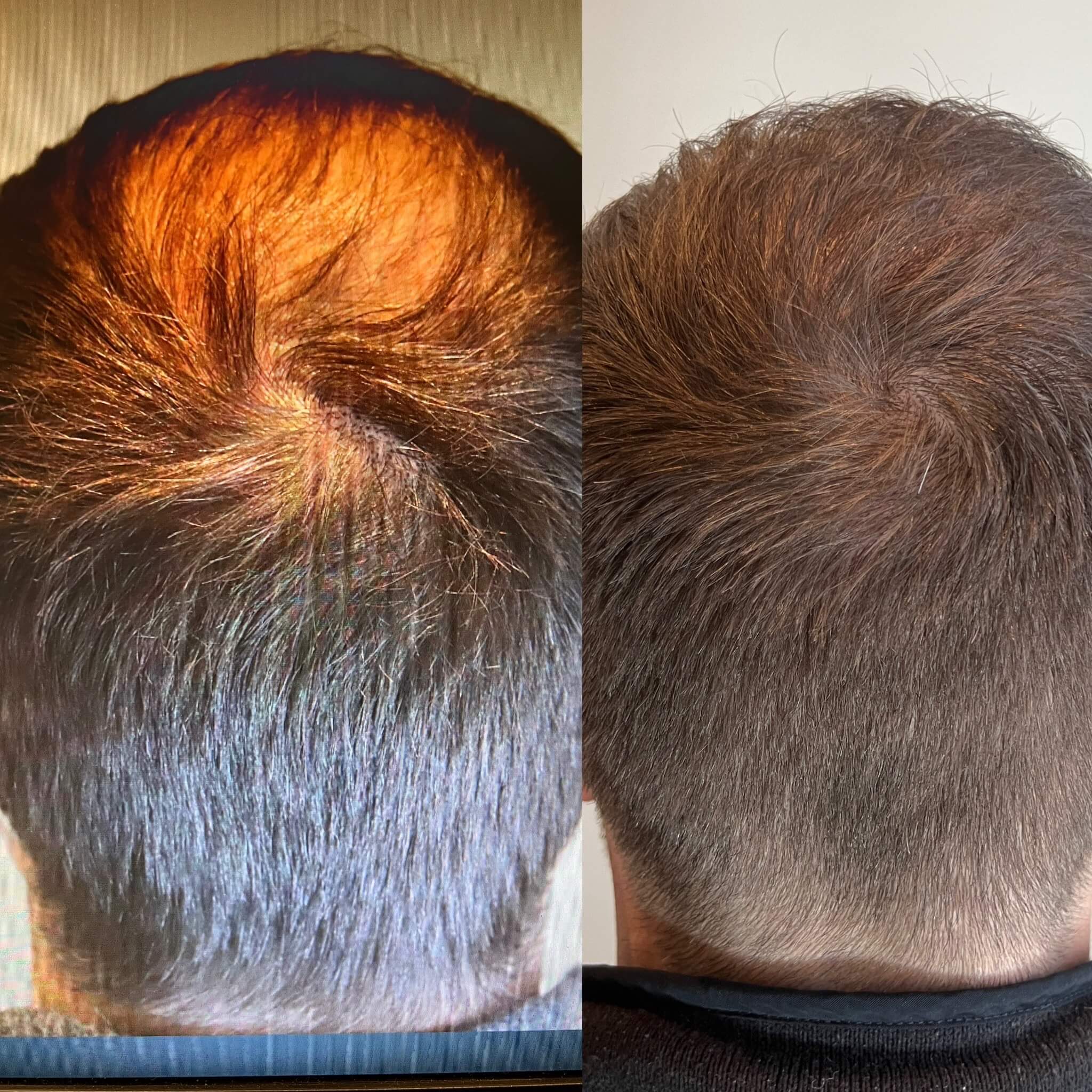

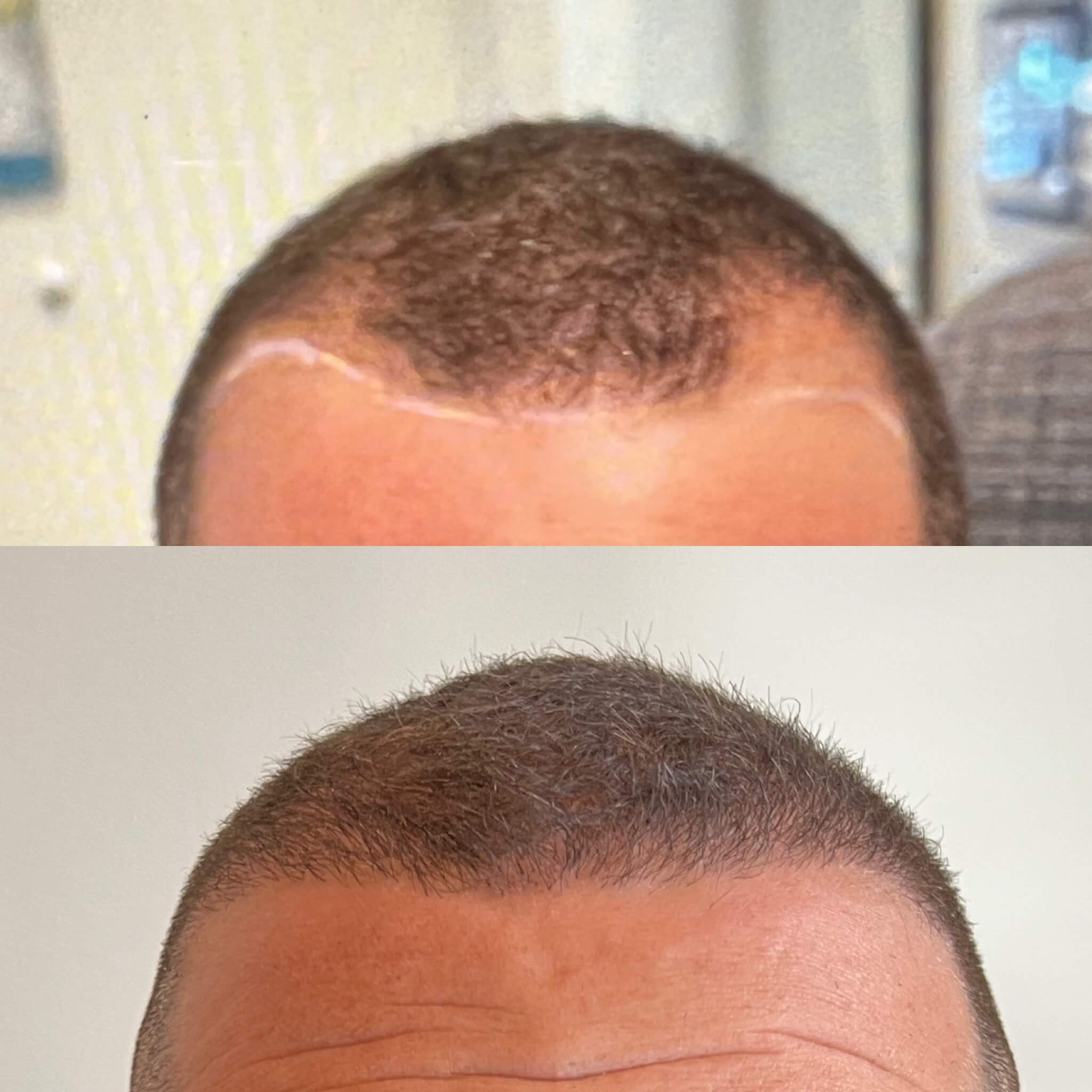
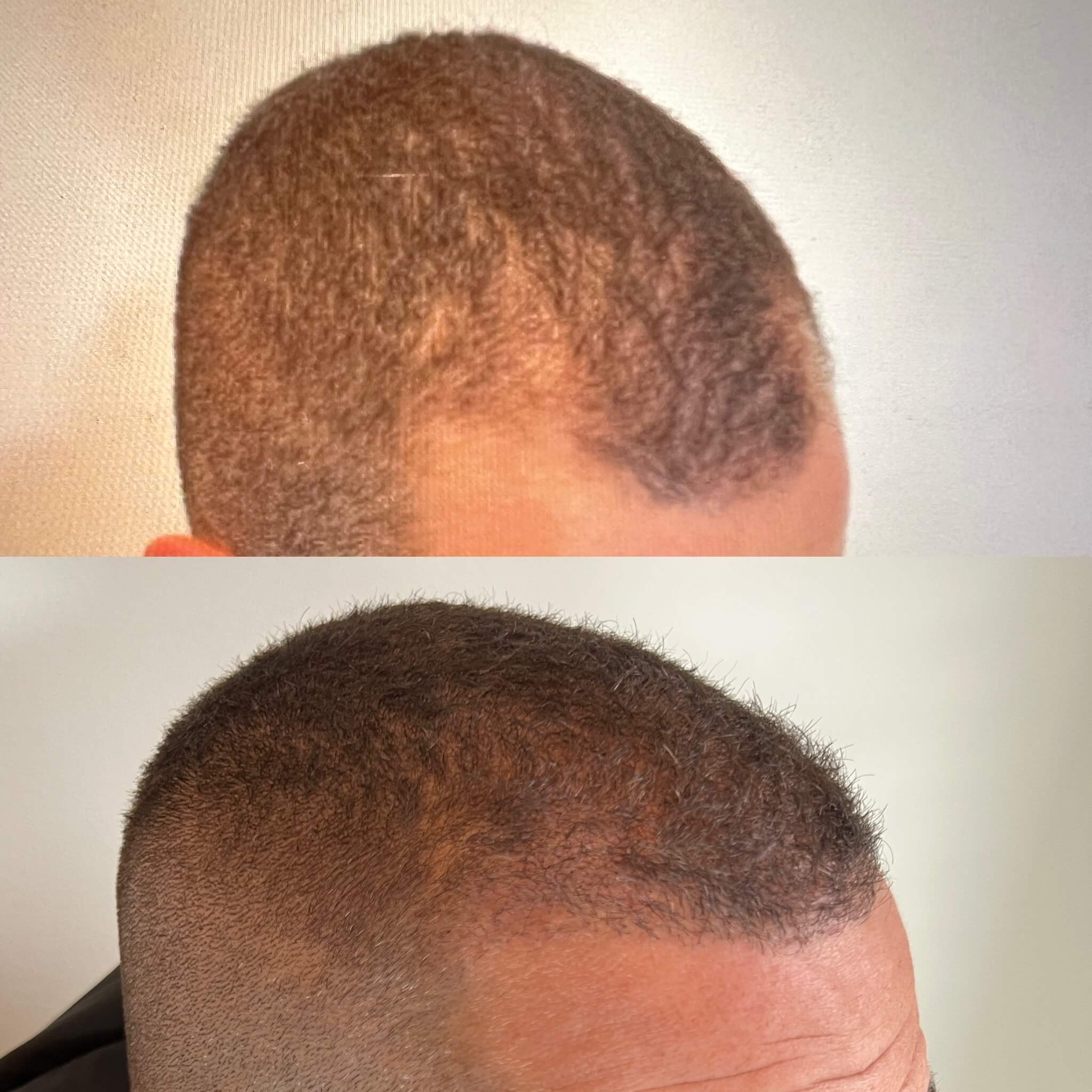
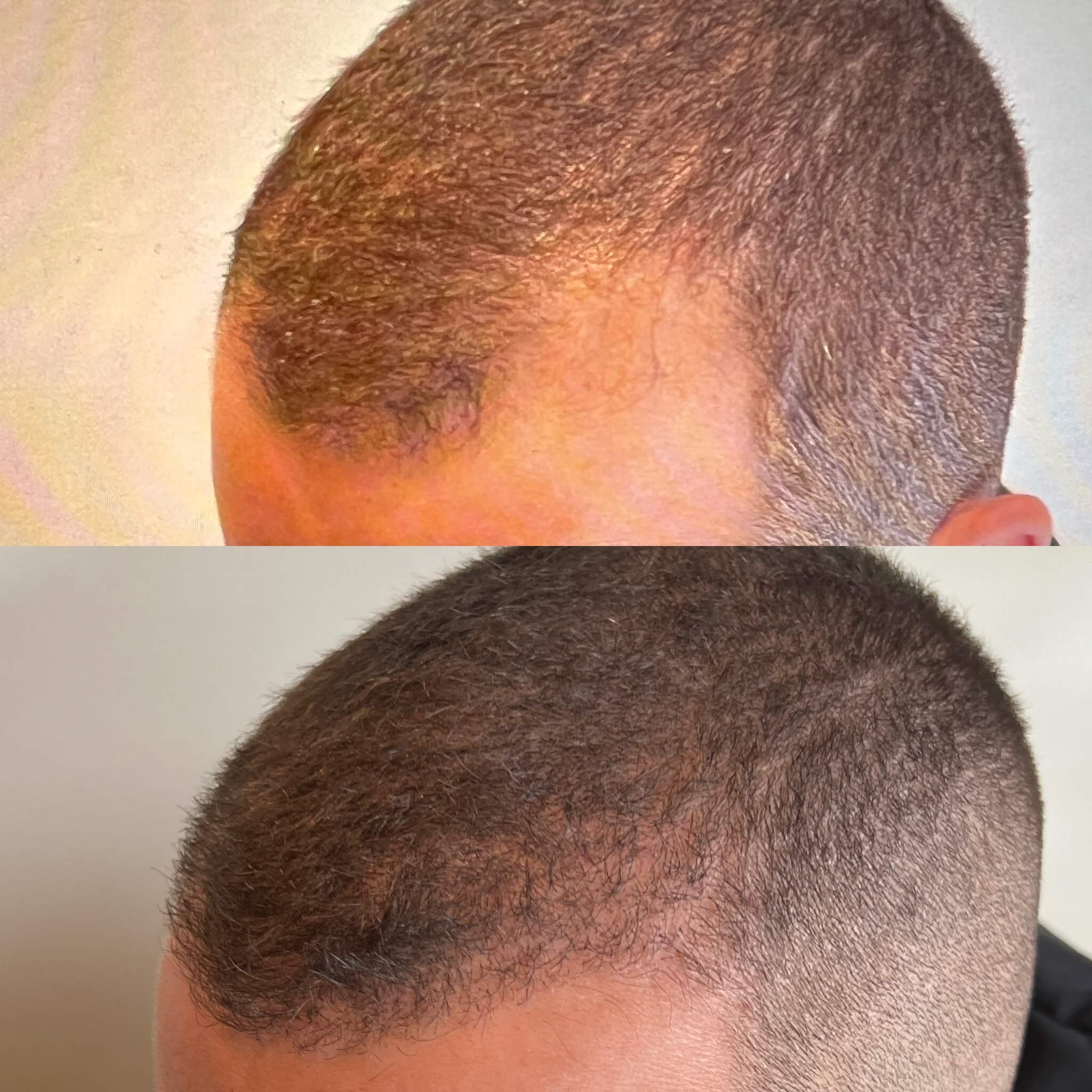

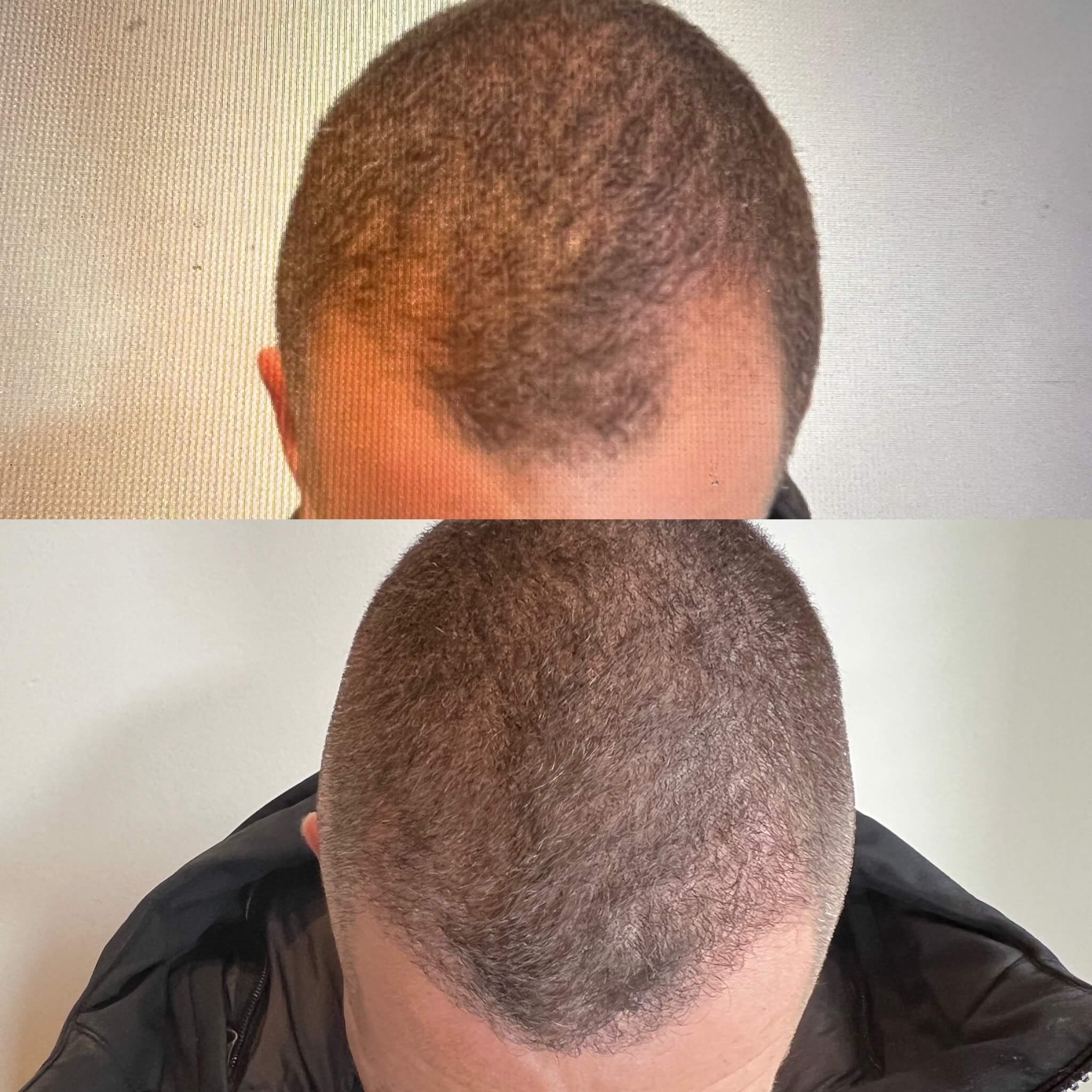
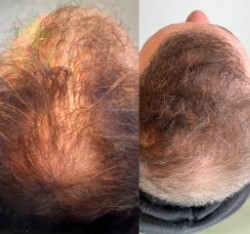
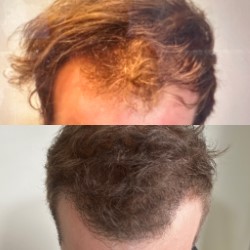
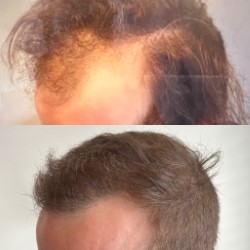
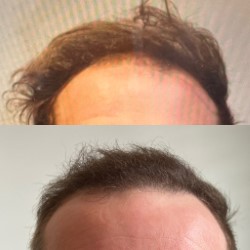

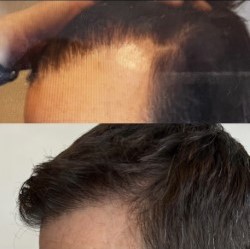
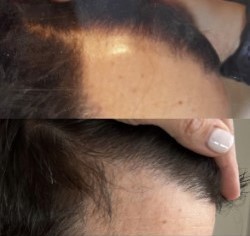

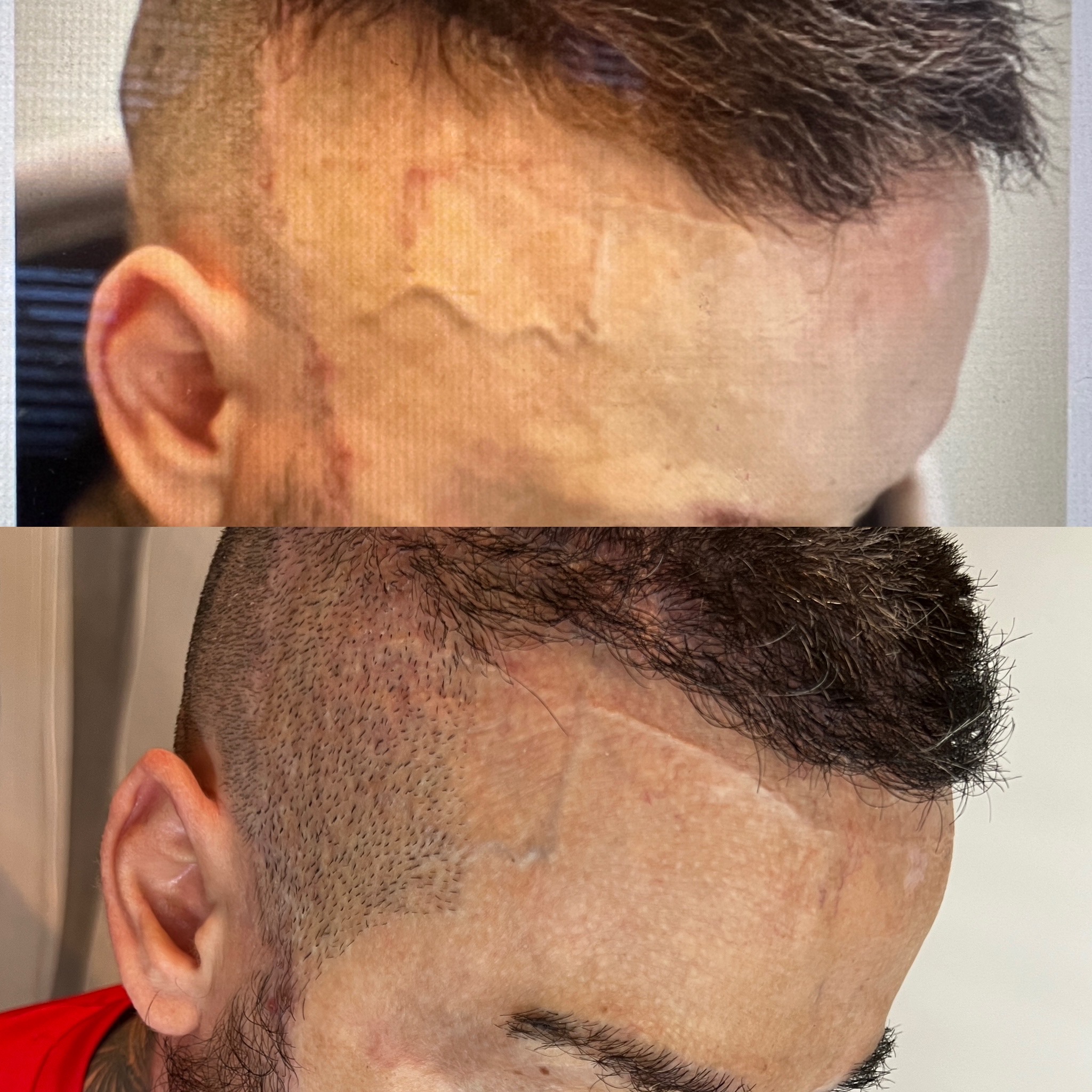
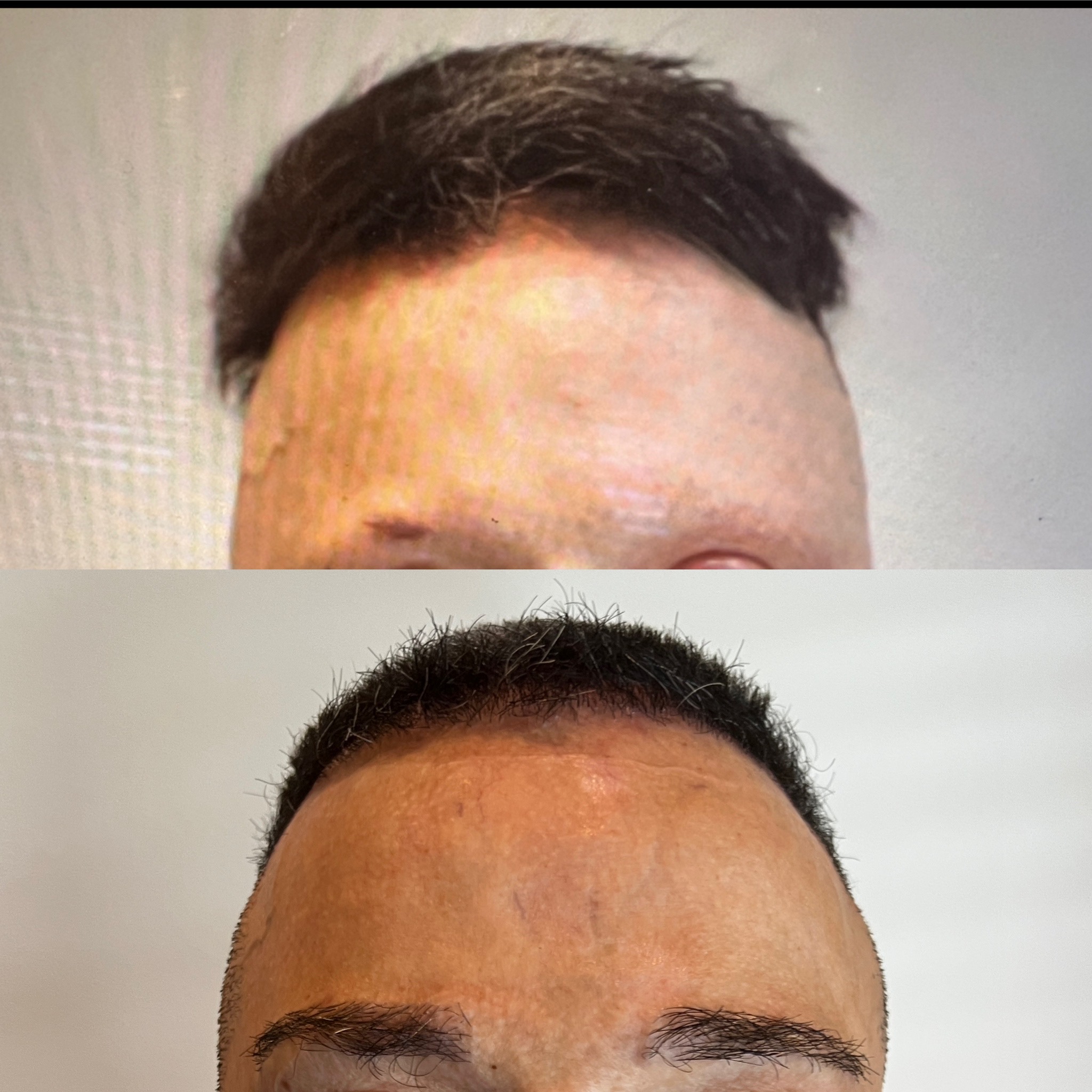
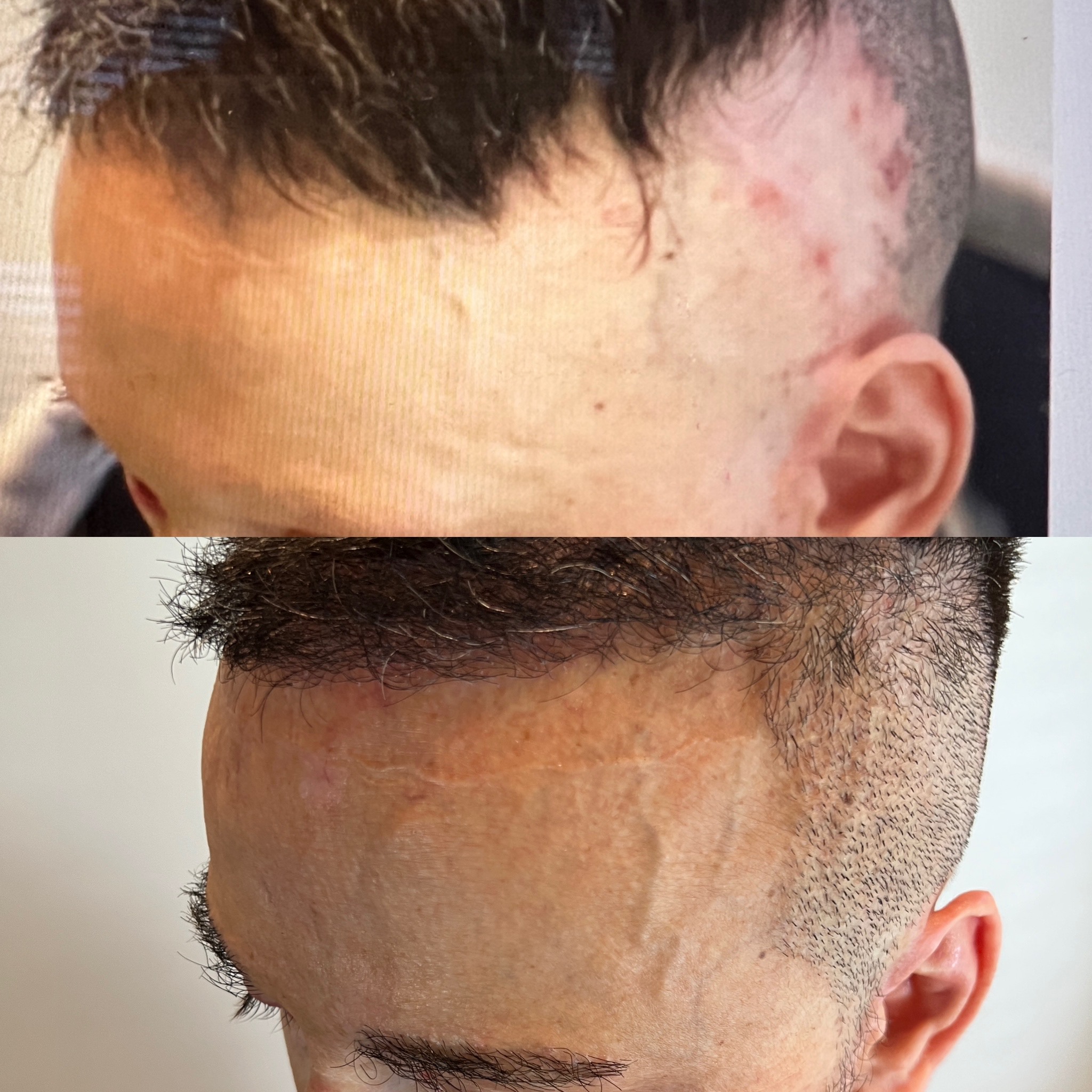
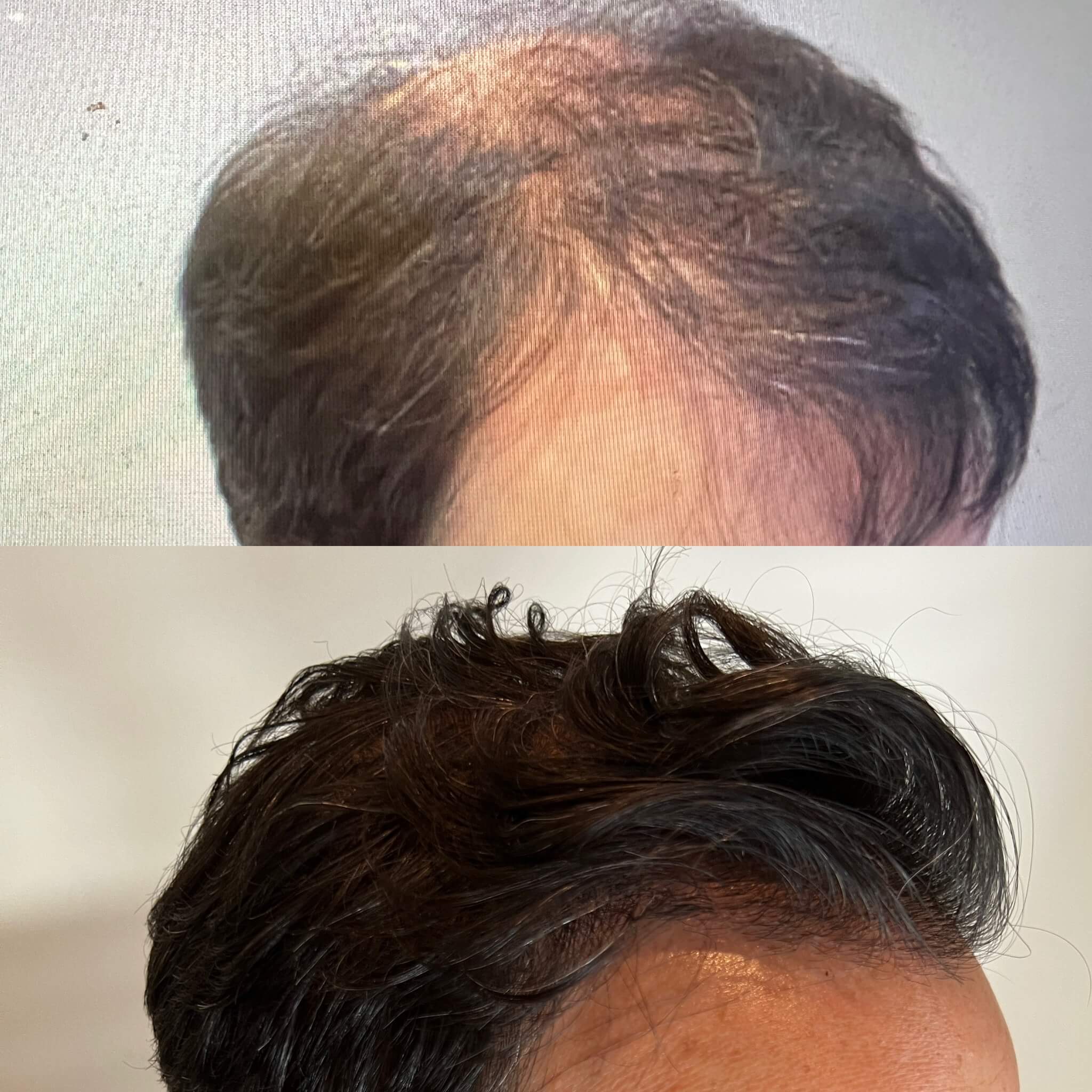
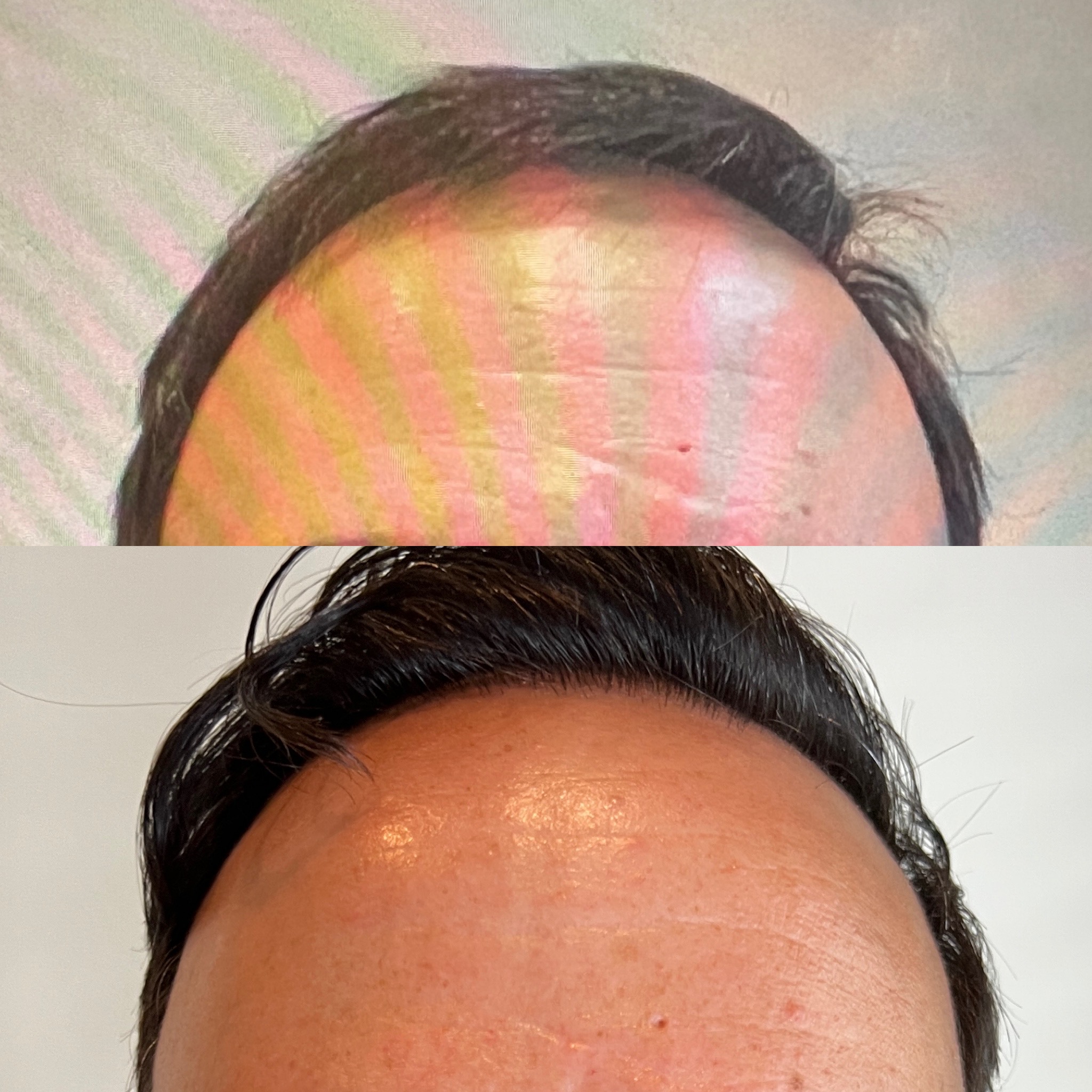
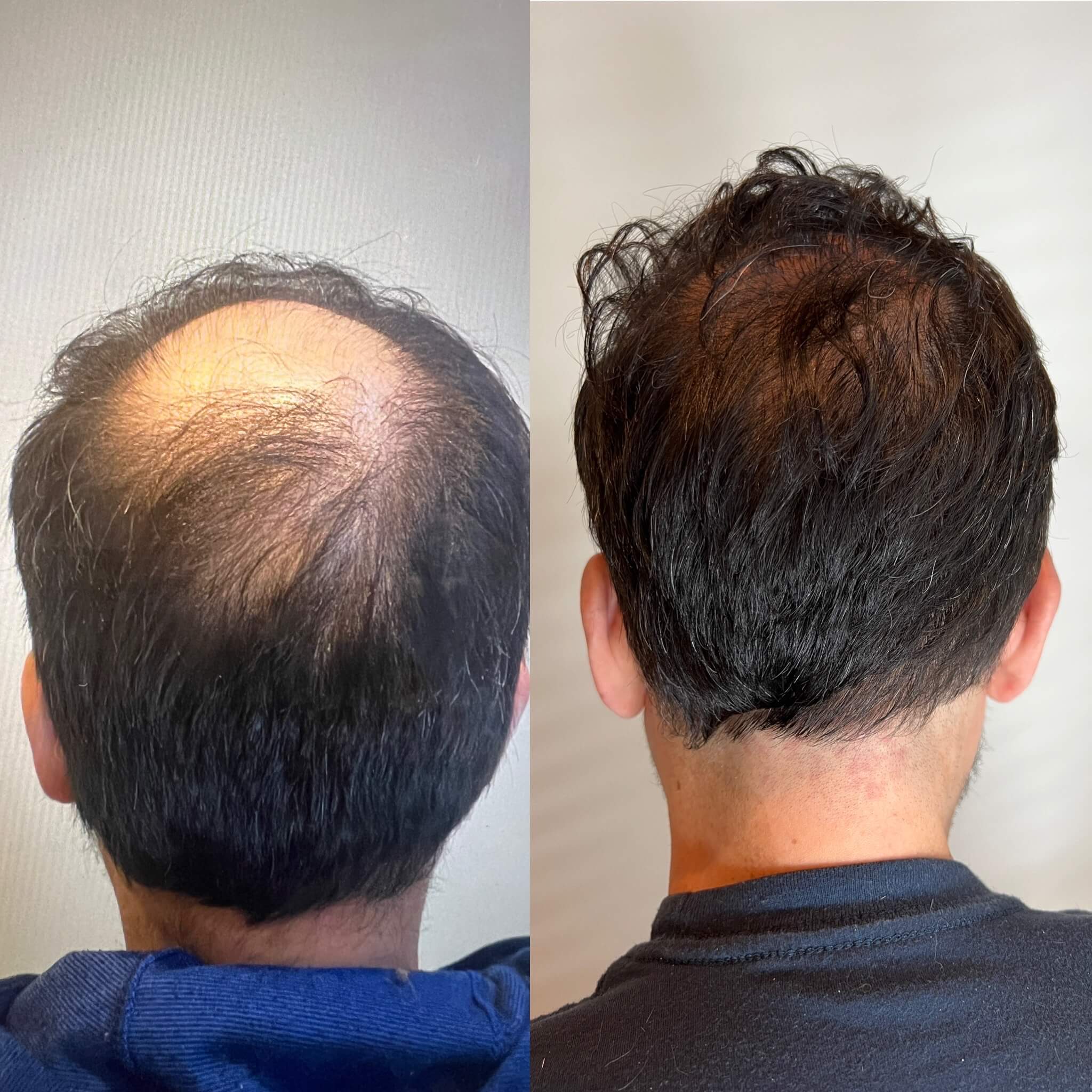
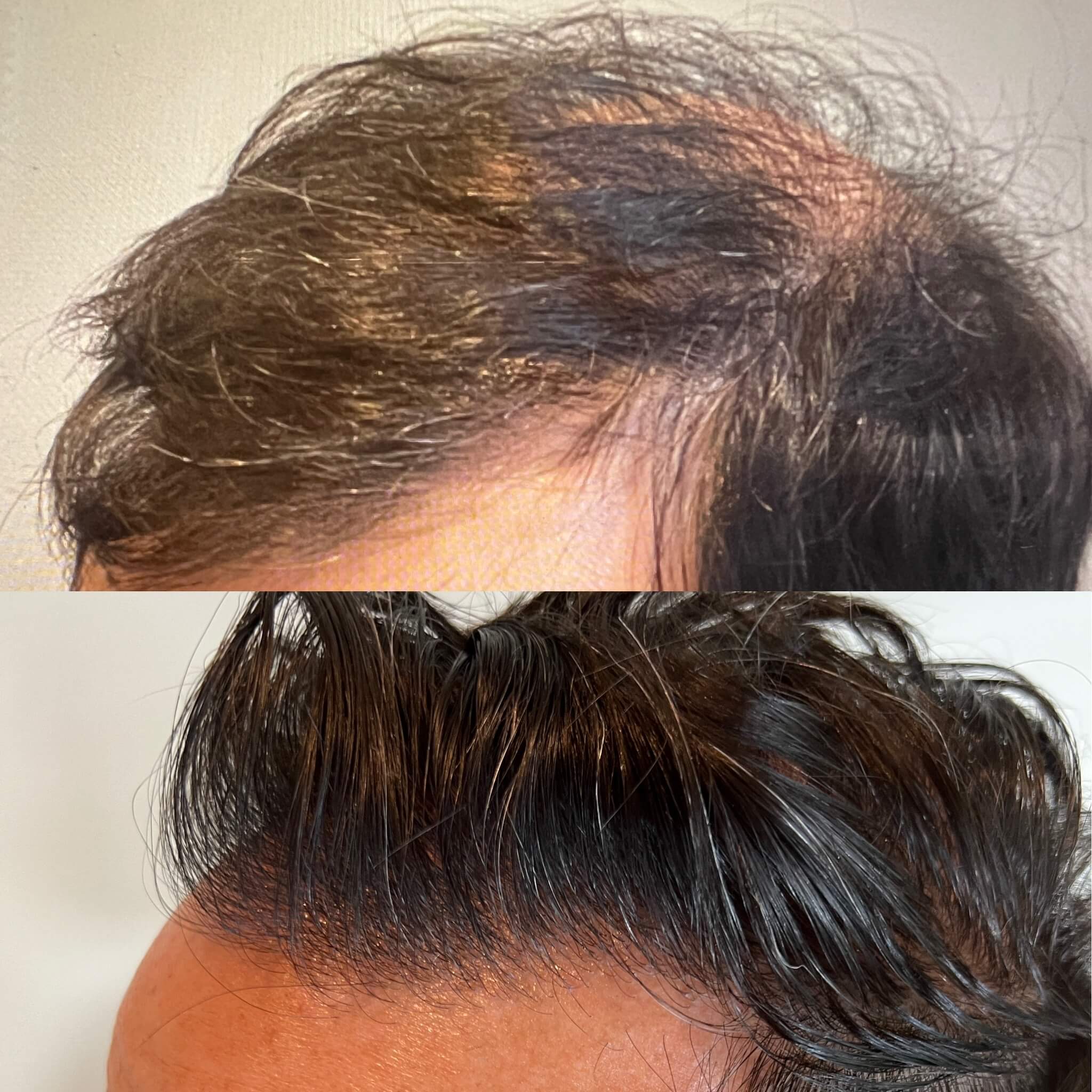

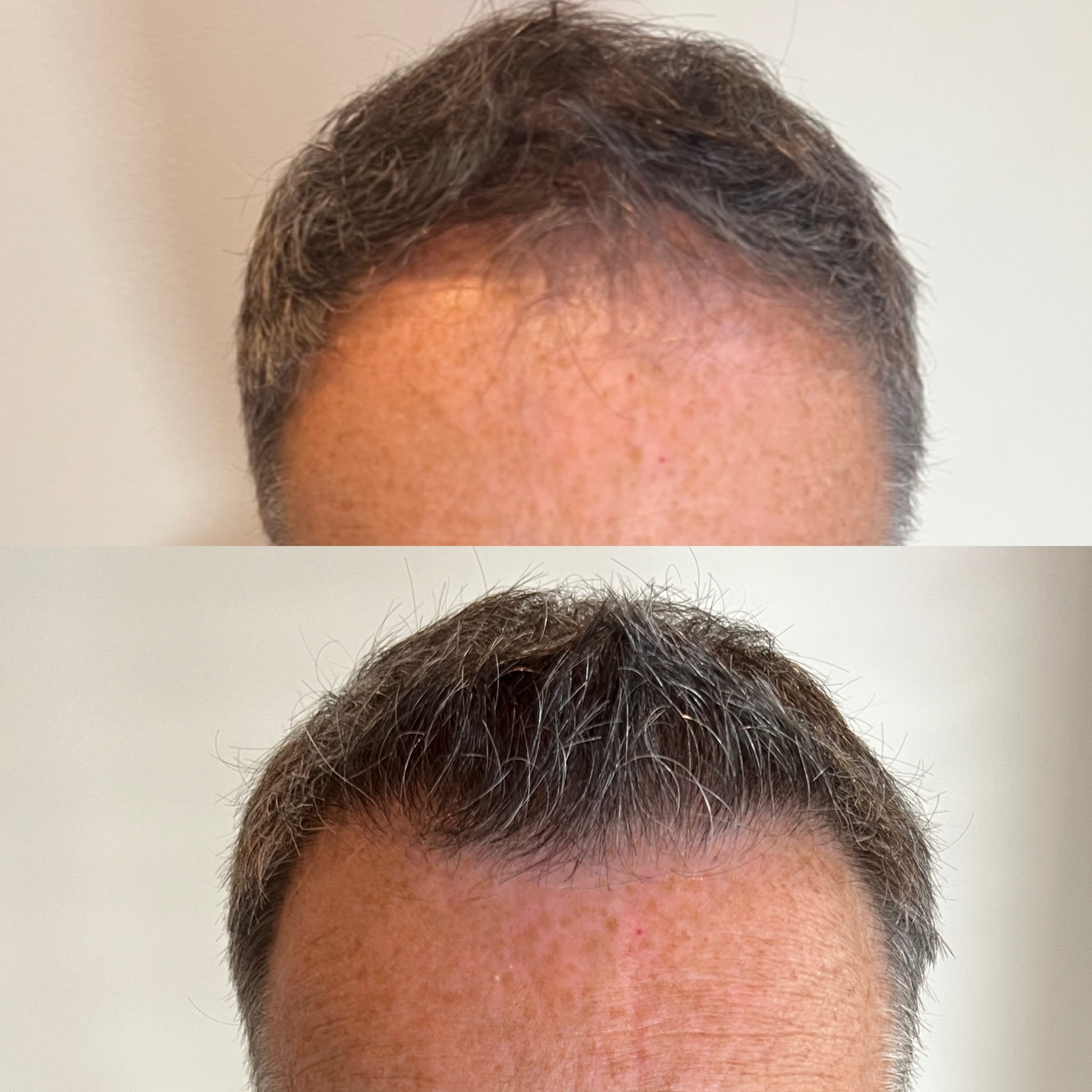
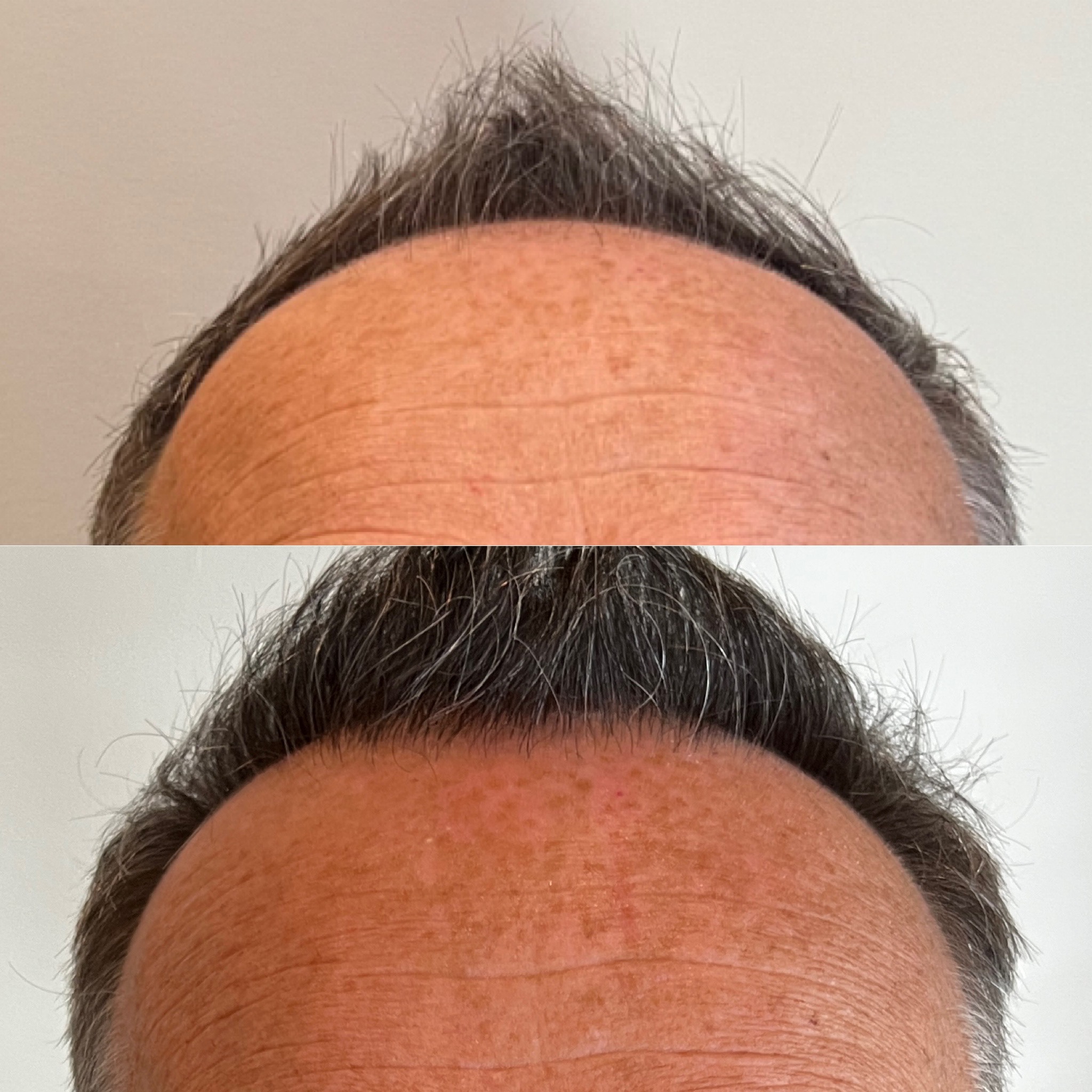
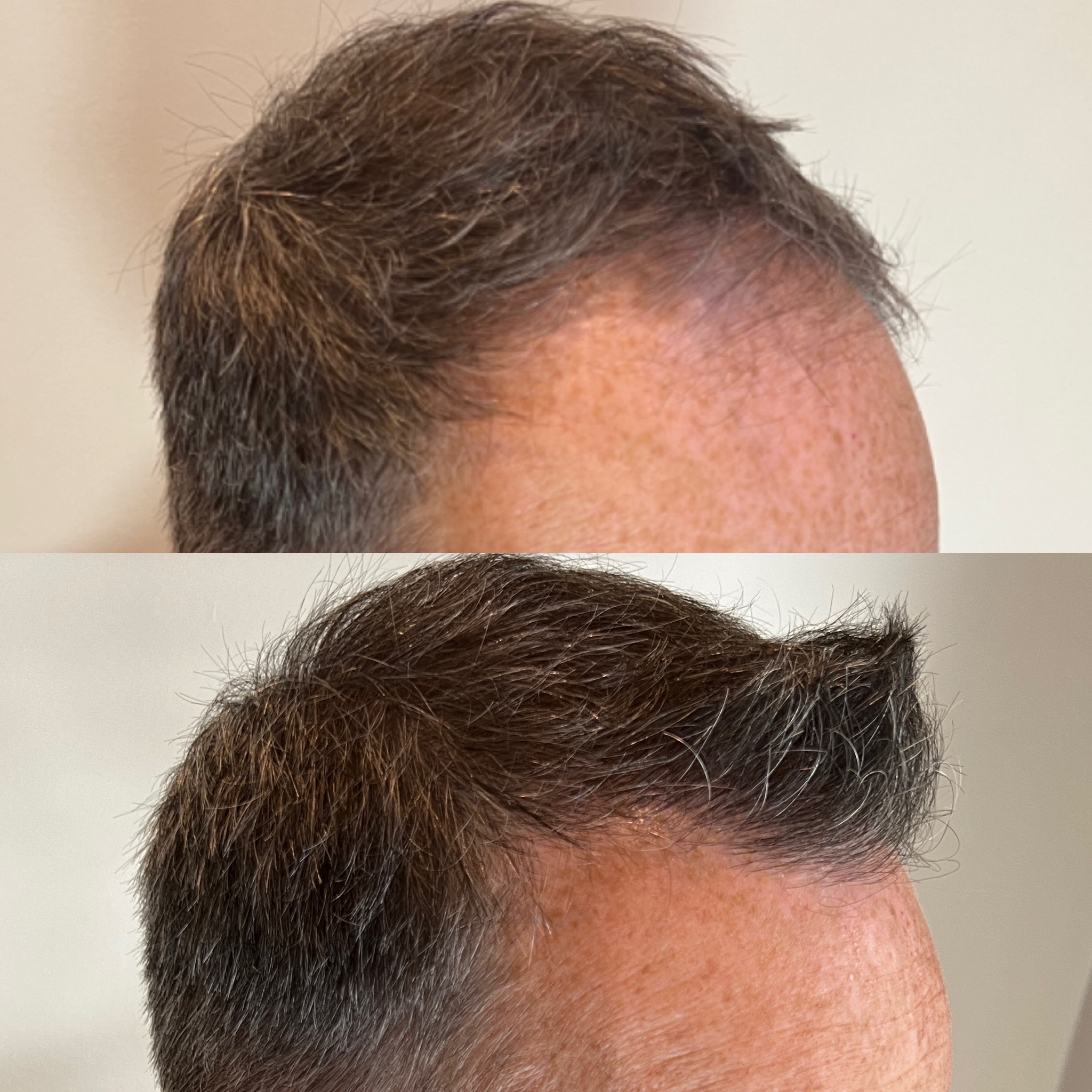
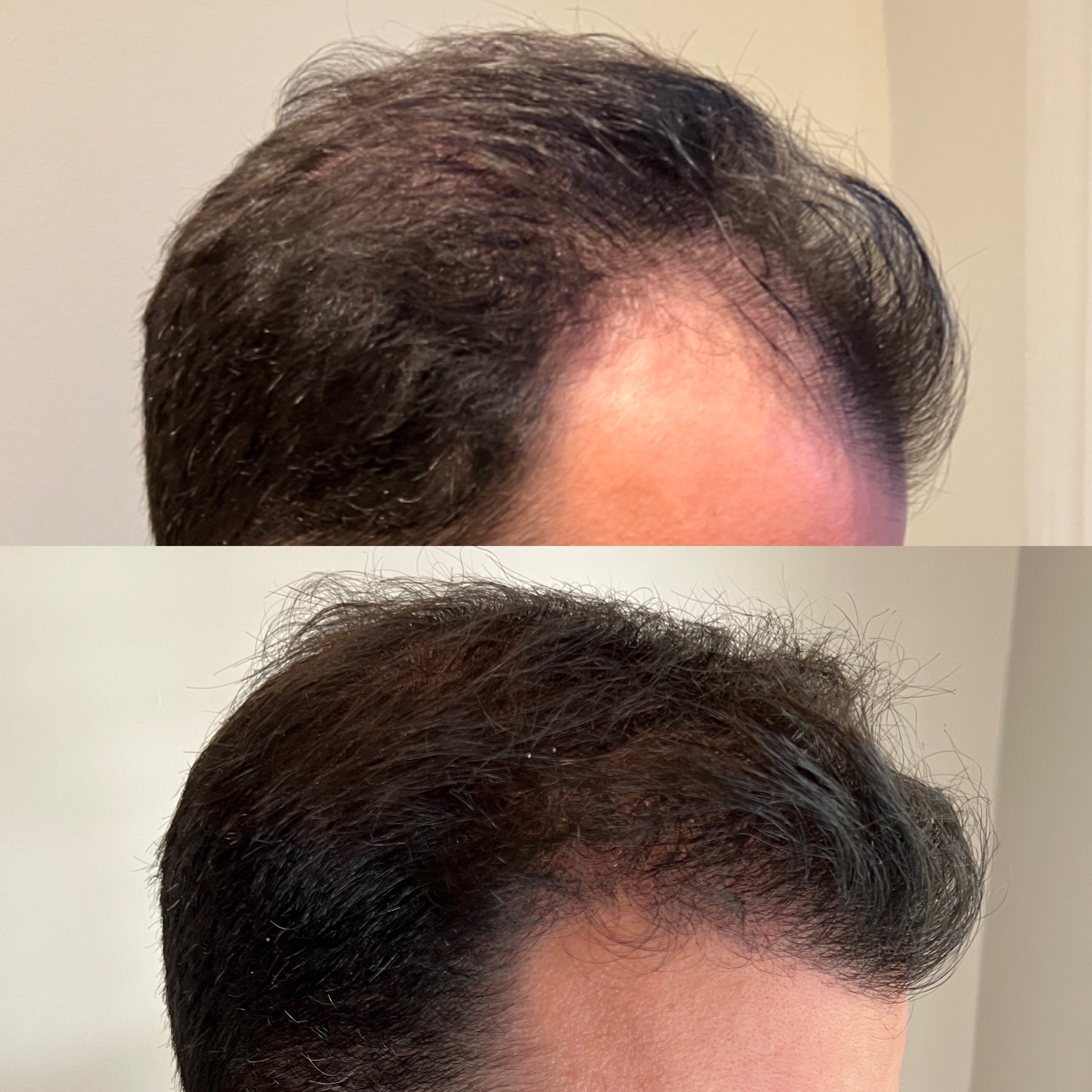


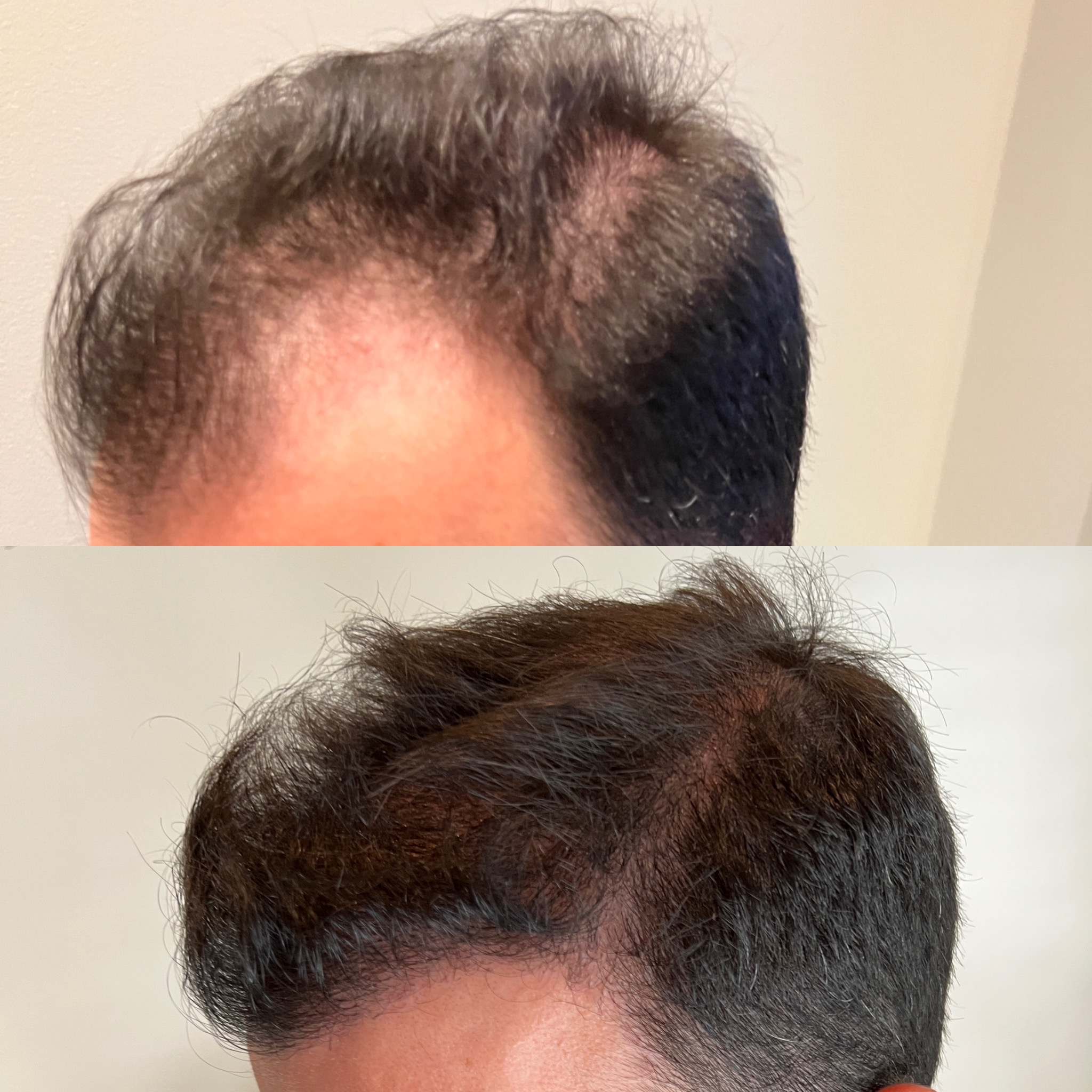
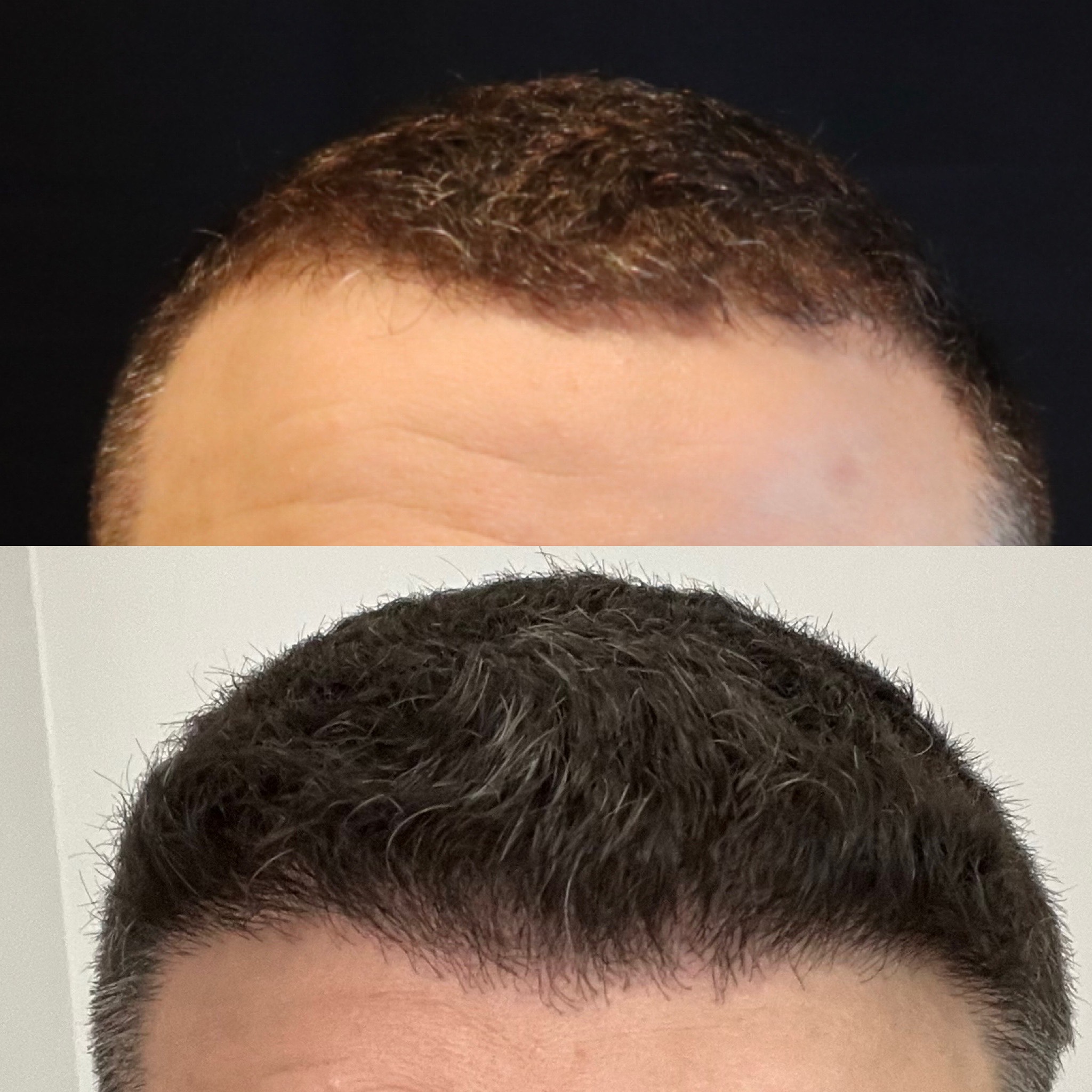



Frequently asked
Questions
Who Can Benefit from Hair Transplant Surgery?
Anyone prone to permanent hair loss is a candidate for this type of intervention, in particular:
- Men with androgenetic alopecia
- Women with female alopecia
- Men and women who want to restore or modify the frontal hair line
- People with scars after trauma, dermatological pathology, or an intervention such as a 'facelift'
- Men and women who want hair where it has little or no hair.
What is the follicular excision method (FUE Follicular Unit Excision)?
This is another technique that involves removing follicular units one by one from the back of the head and inserting them into slits at the recipient region, as in the conventional technique. This approach eliminates the long scar of the classic method, replacing it with a multitude of small puncture scars that go almost unnoticed. FUE is usually performed manually or with the help of electric punches, which, however, requires the direct involvement of the physician. The major drawbacks of this more complex technique are the prolonged duration of the surgery. Furthermore, results may be unpredictable and depend ultimately on the experience of the treating physician.
How is a conventional hair transplant FUT performed?
Hair transplantation is considered a minor operation. It can last 4 to 8 hours and is usually done under local anesthesia, often with oral or intravenous sedation. Patients are aware but relaxed from the premedication. There is little inconvenience during the procedure. The donor area where the grafts were taken is sutured or closed with staples. Sutures or staples are removed after 7-14 days. The incisions in the area to be grafted are made superficially using very small scalpel blades or special needles. The surgeon will explain to you the advantages and disadvantages of the different methods of harvesting and placing grafts. At the end of the operation, you may have a small compression bandage around your head that you remove yourself the next day. The surgeon or his assistant will explain the instructions, written or oral, for the following days.
How long does the FUE procedure take?
The FUE procedure usually takes four to eight hours, depending on the treatment plan, established by the consulting physician, to achieve the patient's own hair restoration goals. The recovery period after the FUE procedure is shorter than that required following a conventional transplant and the patient can usually resume daily activities after two or three days. We schedule a follow-up visit a few days after the procedure to examine the scalp and show the patient how to care for the newly implanted hair follicles. It takes about three days for the transplanted hair to be firmly implanted. Once healed, the implanted grafts will form small scabs that will be in place for 10-14 days, after which the appearance of the scalp returns to "normal".
The FUT procedure is an outpatient procedure (day surgery), performed directly in the spaces of the clinic, which requires only local anesthesia. Once the scalp is anesthetized, the patient no longer feels any pain. After the procedure, some patients may experience slight discomfort and moderate swelling. Usually, these symptoms go away after a few days. Since the FUT procedure removes individual follicular units one by one from the existing hair in the donor area, the scars are tiny.
Patients can confidently choose the cut and length of hair they want. For this surgery, it is necessary to shave (at approximately 1 mm) the patient's hair in the donor area to allow the FUE surgeon to visualize, follow and collect with precision each follicular unit which will then be grafted. Depending on the expected number of follicular units, the doctor is also able to remove hair from a larger or smaller area of the scalp. For smaller procedures, patients may choose to shave only the area needed for the removal of the desired number of follicular units.
How do I know if I am a good candidate?
The important criteria to be evaluated during the preoperative consultation are the general state of health of the patient, the texture of the hair, fine or thick, the optical contrast between the hair and the scalp, the density (number of follicles per cm2) the area and integrity of the donor area, the area to be covered in the recipient area, the purpose, and expectations of the patient. This assessment and the discussion of possible options should always be done by a physician.
Is the treatment painful?
A few minutes of discomfort are felt at the time of the anesthesia of the donor area and the frontal area, but the whole is very bearable.
Are there any side effects?
Yes, a few small temporary inconveniences, like:
- Occasional swelling of the forehead (and sometimes the eyelids) which can last for about a week
- The formation, by blood coagulation around the graft, of small scabs, which will gradually dry out and fall off after about 15 days
- Decreased sensitivity to touch in parts of the scalp, which will return to normal after a few months
- The formation of small subcutaneous cysts in the transplanted area (ingrown hairs), which will empty spontaneously after a few weeks
Are there serious complications to fear?
No, if the transplant is performed according to the rules of the art and by expert hands.
Does hair grow back?
Yes, but you must be patient since the implanted follicles will first be in a rest period and will not start to make new hair until three or four months after the transplant. In addition, not all follicles wake up at the same time. The regrowth is therefore spread over several months. The results are very gradual, and the final appearance is visible 9 to 12 months after the operation.
Is the scar in the occipital region visible?
It is a very thin scar, which looks like a white line on the scalp. This scar is permanent, but the hair that falls on it, even if kept short enough, can camouflage it very well.
Is there any special care after the transplant?
Apart from a few instructions in the days following the surgery, there is no particular care to be taken in the usual maintenance of the hair.
Do dyes, perms, caps, frequent hair washing make baldness worse?
These habits are detrimental to the health of the hair which becomes brittle and duller, but does not cause it to fall out, since baldness is a hereditary and genetic manifestation.
What happens after a hair transplant?
Hair transplantation is a relatively minor procedure without significant risks. There is little or no discomfort in the recipient area. Patients often feel tension in the suture area for a few days and may take weak pain relievers if needed. They may have to apply wet compresses or spray and sleep in a semi-sitting position for 2-3 days, to minimize swelling of the forehead. Small scabs can form on the grafts, but they can be camouflaged by other hair or topical solutions such as Dermatch, Couvré or Toppik. These crusts disappear after 7-14 days. Transplanted hair may fall out, but the roots remain and will rest for 10-14 weeks before the new hair grows back
Serious complications are rare. A small inflammation can occur around a transplanted hair, of the pustular type, which is most often reabsorbed with the application of hot compresses. The scar in the donor area is usually inconspicuous and hidden by the hair. The sites in the recipient area heal discreetly. A minority of patients has swelling of the forehead around the 3rd postoperative day, which resolves in 3-4 days. Infection in the donor or recipient area is exceptional. Many patients have a small area of insensitivity above the donor area temporarily for a few months.
When to start treatment?
In the presence of significant hair loss, most doctors recommend medical treatment first. Even if the patient decides to have surgery, medical treatment and PRP are helpful in slowing or controlling the expected loss of remaining hair. Surgery can be considered at any age, after the age of twenty to twenty-five, but the decision is made on a case-by-case basis according to several criteria. Most patients have surgery before they are completely bald, which makes it easier to cover up the grafted area with the remaining hair. However, the gradual nature of hair loss should be borne in mind and to avoid transplanting a patient who is too young. Transplantation is useful for restoring the frontal and central area, and medical treatment to preserve the immediately posterior area. A personalized treatment plan is always discussed with the doctor.

